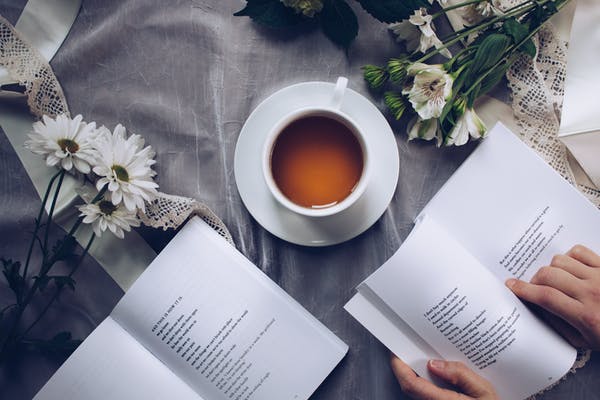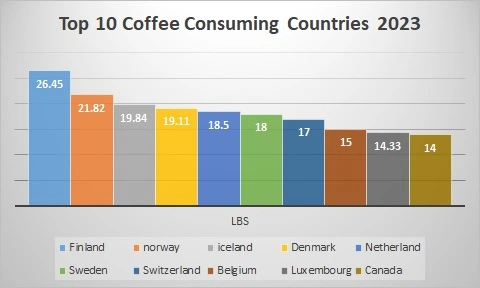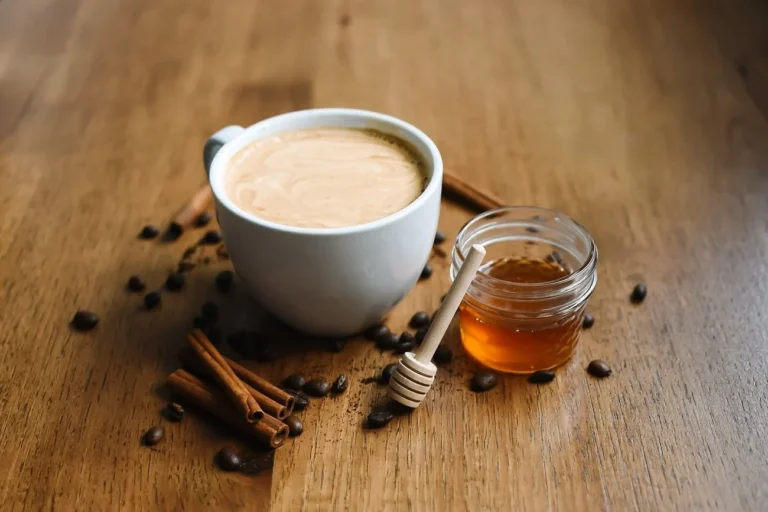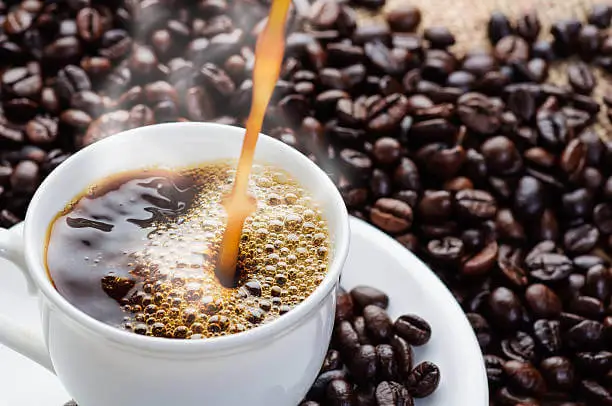What is Coffee Aroma, Flavor, and Taste Descriptions of Fresh Coffee

Coffee, an elixir cherished by millions around the world, offers a symphony of aromas and flavors that captivate our senses. From the inviting fragrance that wafts through the air to the complex taste profiles that dance on our palates, coffee is a delightful indulgence.
In this article, we embark on a sensory journey, unraveling the mysteries of coffee aroma and taste.
Coffee aroma emanates from the delightful process of grinding or brewing, while Coffee taste encompasses the blissful array of sweet, sour, bitter, and salty sensations.
Let’s delve into the captivating world of coffee aroma and taste as we explore the rich variety of flavors, describe the enticing aromas, and unravel the chemistry behind this beloved beverage.
What is the Aroma?
Aroma is an enchanting term that beautifully captures the delightful and captivating scent or fragrance of a substance.
Aroma means the scent that arises from freshly roasted and ground coffee beans, which can be sweet, fruity, floral, or even spicy depending on the type of beans and roasting process.
In the case of coffee, the aroma can be influenced by several factors, such as the type of coffee bean, various types of roasting, and the brewing method. The aroma of coffee is a critical aspect of the overall coffee-drinking experience, as it can enhance or detract from the flavor profile of the coffee.
The coffee tastes can vary from acidic to bitter, and the balance between the coffee tastes can give a good effect on the overall flavor profile.
- Aroma (Smell) —> Flavor (Aroma + Taste) <— Taste (Basic Sensations)
There’s something magical about the aroma of coffee. As Jessi Lane Adams puts it,
“Coffee smells like freshly ground heaven.”
The aroma of coffee is unique and has the power to evoke a sense of comfort and warmth. It’s no wonder that so many people find the smell of coffee so intoxicating.
Hugh Jackman expressed his appreciation for the aroma of the coffee, saying,
“The smell of freshly brewed coffee is one of the greatest inventions.”
There’s something so invigorating about the smell of freshly brewed coffee, and it’s hard to resist taking a deep breath and savoring the aroma.
Another word that is usually used for the smell is fragrance but fragrance is not typically used for coffee. We use the word “Aroma” for coffee as it gives a natural smell. While fragrance is an artificial scent used in cosmetics and perfumes.
Coffee Aroma
Coffee’s aroma is a delightful symphony of fragrances, evoking visions of blooming flowers, rich nuts, tantalizing smoke, and refreshing herbs, while its flavor is a sensational dance of acidity, bitterness, sweetness, salinity, and tanginess.
Coffee Taste
Coffee taste refers to the basic sensation perceived by the tongue. While well-crafted coffee is frequently earthy and bitter, it is distinguished by a pleasing harmony of tastes in which sweet, bitter, and acidic notes all perfectly coexist.
Coffee Flavor
Coffee flavor encompasses both aroma and taste to create a combined sensory experience.
In summary, the taste is related to the sensation on the tongue, the aroma is related to the fragrance, and the flavor is the combination of taste and aroma. Understanding the differences between these aspects can help individuals appreciate the complexity of the coffee-drinking experience.
Coffee Taste Wheel
A coffee taste chart, also known as a flavor wheel, is a visual tool used to describe the various flavor and aroma characteristics of coffee. The chart typically features a circular layout with different categories of flavors and aromas branching out from the center.
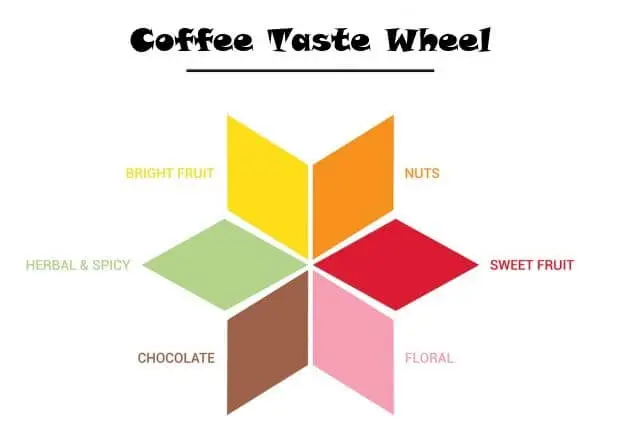
Coffee can have a variety of flavors, ranging from bitter to sweet, fruity to earthy, and everything in between. The flavor of coffee is created by a combination of taste and aroma, which are both influenced by factors such as the type of coffee bean, the roast level, the brewing method, and the water used.
Flavors in Coffee
Here’s a table showcasing different coffee flavor profiles:
| Flavor Profile | Description |
|---|---|
| Fruity | Bright and tangy with notes of citrus, delicious berry, or tropical fruit. |
| Nutty | Smooth and mellow with hints of roasted nuts, such as healthy almond or hazelnut. |
| Chocolatey | Rich and velvety, reminiscent of dark chocolate or cocoa. |
| Caramel | Sweet and buttery, with flavors of caramelized sweetest sugar or toffee. |
| Floral | Fragrant and delicate, featuring floral notes like jasmine or lavender. |
| Spicy | Bold with refreshing hints of spices like cinnamon, clove, or cardamom. |
| Earthy | Deep and robust, with earthy tones like leather, tobacco, or mushrooms. |
| Herbal | Refreshing pleasant herbal, with hints of herbs like mint, basil, or thyme. |
| Roasty | Intensely roasted and smoky, often associated with dark roast coffees. |
| Citrus | Tangy and zingy, with attractive flavors of citrus fruits like lemon, or grapefruit. |
Coffee lovers often refer to a coffee-tasting wheel to help describe and identify the specific flavor notes present in a cup of coffee. This tool provides a range of aroma and taste descriptors that aid in articulating the nuances of the coffee’s flavor profile.
The chart typically features a circular layout with different categories of flavors and aromas branching out from the center.
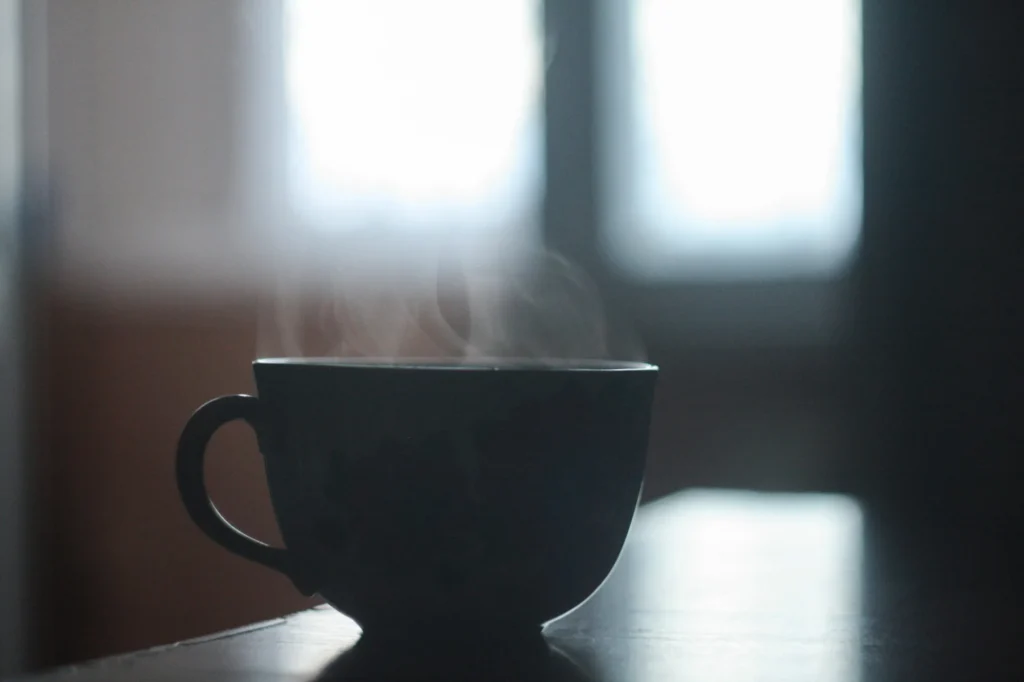
Words that Describe Coffee
Words to describe coffee can vary widely, depending on the individual’s preferences and the coffee being described. Some common coffee description words include;
- Bold
- Smooth
- Rich
- Aromatic
- Flavorful
- Robust
- Full-bodied
- Invigorating
- Energizing
- Fragrant
- Mellow
- Nutty
- Earthy, Spicy, Sweet, and Bitter (in a desirable way)
Some of these words are also used to indicate the types of coffee flavors. Overall, the right coffee description words can help individuals appreciate and enjoy the unique characteristics of different coffee varieties.
Coffee Chemical Formula
Coffee is a complex mixture of hundreds of different chemicals, including organic compounds, acids, and minerals. Some of the most important chemicals found in coffee include:
- Caffeine (C8H10N4O2): This chemical helps to improve alertness and focus.
- Chlorogenic acid (C16H18O9): It is an antioxidant, and has anti-inflammatory properties.
- Acetic acid (C2H4O2): A weak organic acid that gives coffee its slightly sour taste.
- Trigonelline (C7H7NO2): It is an alkaloid that gives a unique aroma and flavor to coffee.
These chemicals are just a few examples of the many different compounds found in coffee.
Factors influencing the Aroma
The aroma of coffee can be influenced by several factors, including:
Understanding these factors helps coffee enthusiasts appreciate coffee’s complexity.
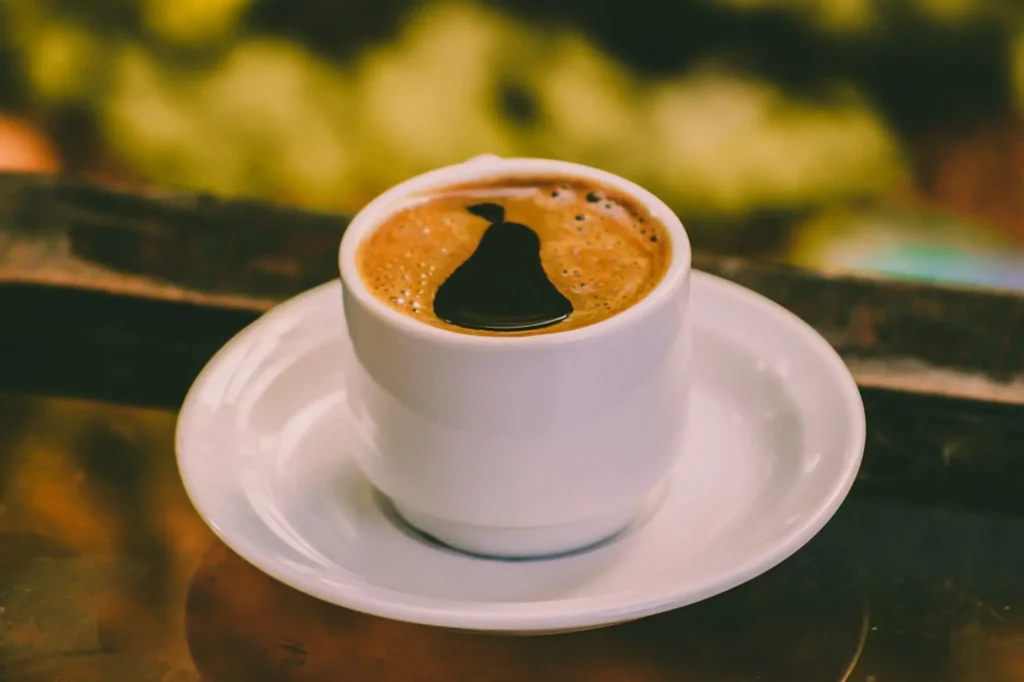
How Aroma and taste work together?
Aroma and taste shape coffee’s flavor. Aroma interacts with olfactory receptors, creating scent perception. Liquid interacts with taste buds, producing flavor. The aroma can influence taste perception, enhancing or masking flavors.
Final Thoughts
So, there you have it – coffee aroma and taste description! In short, Coffee aroma and taste is the diverse flavors present in coffee, and the underlying chemistry which you can savor each cup with a heightened appreciation.
Whether you prefer a rich, bold espresso or a delicate, floral pour-over, remember that each sip tells a story— a story woven from the aromatic notes and unique flavors that make coffee an extraordinary experience.
As we conclude our exploration of coffee aroma and taste, we invite you to embark on your sensory adventures.


